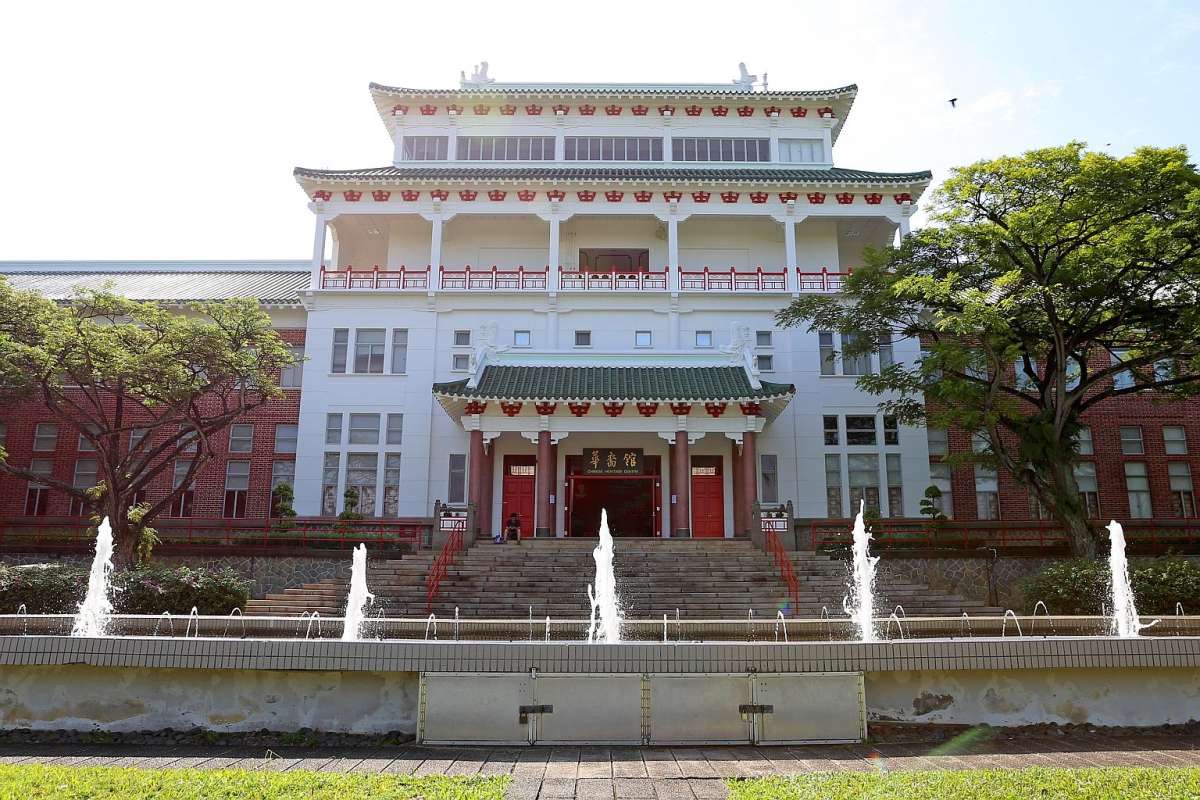
C O N C E P T
The Chinese Heritage Garden is an important piece of architecture to not only NTU, but also the Chinese community in Singapore and Southeast Asia. It was a key administrative building when Nanyang University was first built, and have been preserved in its original grandeur even to this day.
Once a library, a student hub, a bustling building, now the CHC sits calmly, serving as an exhibition gallery, museum and library.
The first thing that struck out to me was the groundswell of community support in the fundraising process. It felt very heartwarming, and there is a huge sense of togetherness, of unity and strength in each other. I can’t help but think that they play a huge part into making what we have now possible, and that they are truly a huge part of NTU’s foundation.
As students now, we do not have that sense of connection to NTU’s past and how it was built. We only care about the now. Through this projection mapping project, hopefully I can bring to light that people – just like us – normal people, were involved in building NTU, and I hope to feature these people and give them the recognition they weren’t able to receive.
I decided to make people the main focus especially after watching Agnes Varda and JR’s documentary film, Faces Places. There is a personal connection to stories of the people and the spaces they were in, and in this context I think that the people are a huge part of CHC itself as an architecture, and likewise was CHC an important part of these people’s lives.
R E S E A R C H
My main reference for the occupations of the people involved in the fundraising is from (this book). It is astounding how there were no borders as to the demographics of the contributors. High or low income, high or low social status. Merchants, business owners, taxi drivers, labourers, associates, people from various organisations, and even the entertainment industry – yes, nightclubs!
I want to showcase the variety, and I want to showcase that while they are so different, they came together, bound by their Chinese heritage, for a common goal of improving Chinese education out of China, which ultimately led to the building of NTU.
After reading up on the history of NTU, I am not so sure whether it could be said that NTU is a continuation of Nanyang University, which in 1980 was merged with the University of Singapore to make the National University of Singapore (NUS). NTU itself was an upgrade from Nanyang Technological Institute, a leg of the NUS. However, I still do feel that irregardless, their histories are interconnected and are still a huge part of what made NTU today.
To get a better understanding of the time period in which CHC was built, and the architecture’s importance, I read up about 1950s Singapore and China. Just after the Second World War, China went through a short period of Communist Revolution, and Singapore was not even independent yet. It was a weird period – which left me very appreciative of their efforts. I feel that we get to enjoy the good stuff, and I feel thankful that I live in an age where everything is more open, and there is progress on all kinds of field. Education is one of them, and I am grateful that I am able to pursue higher education.
This would not have been possible without Tan Lark Sye’s initiative, and without the support from the people at that time.
Another aspect that I researched on was the Chinese culture itself. What was it like in China, and what was it like in Singapore, in Southeast Asia? What were the Chinese people like?
In one of the publications I read, “Changing Identities of the Southeast Asian Chinese Since World War II”, I understood that after the intensity of WWII, with changes in the Chinese mainland government and with the gradual independence of Malaya and Singapore (former British colonies), Chinese residents were forces to choose whether to return to the communist mainland or to stay as Southeast Asian citizens.
With this, and with lacking support from the government in Singapore at the time, the Chinese were running out of options because they could not work for not having higher qualifications. This was a basis as to why they came together to build an overseas Chinese university – which I find must have been a pretty crazy feat! The more I find out about them, the more I gain an appreciation of my environment now, and the more respect I have for the people back then who helped make it happen.
S T O R Y B O A R D
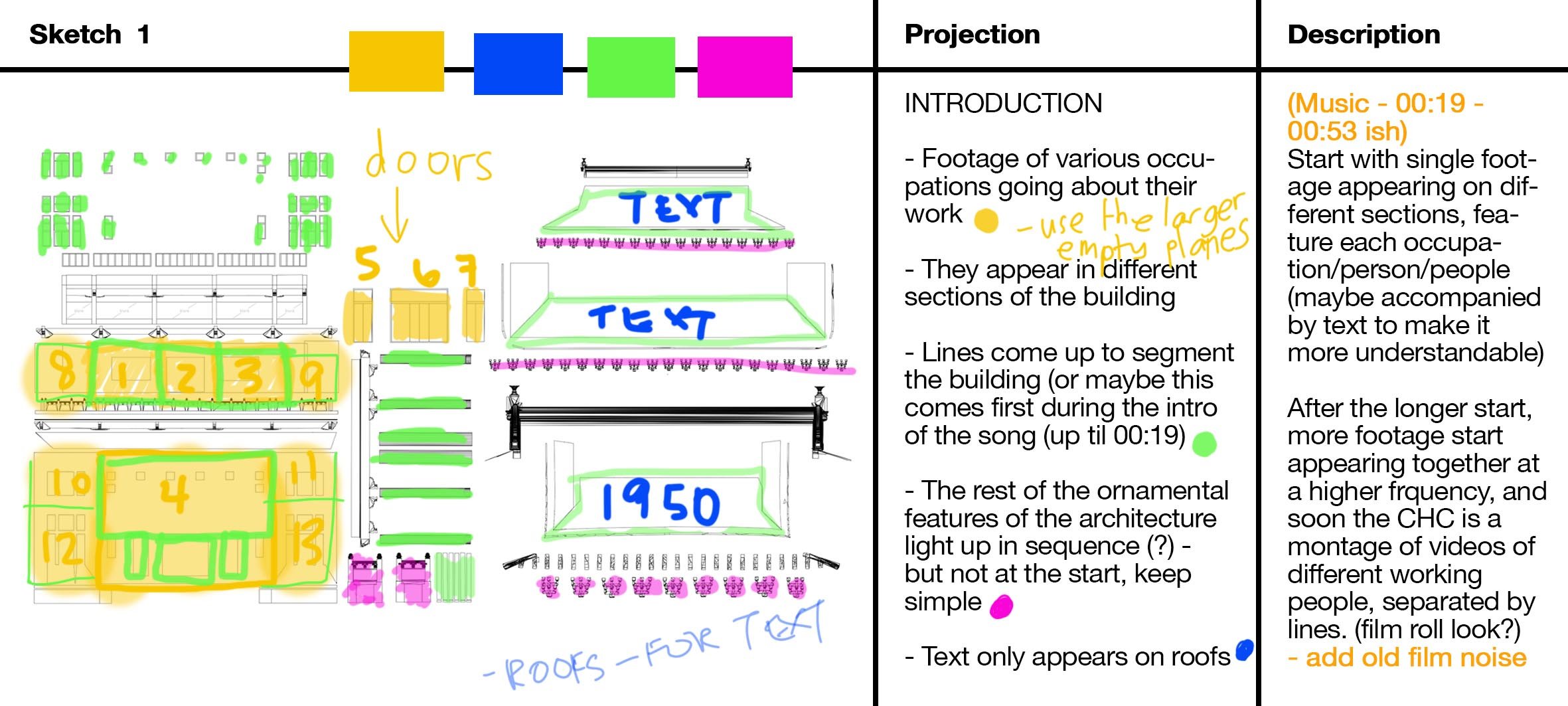

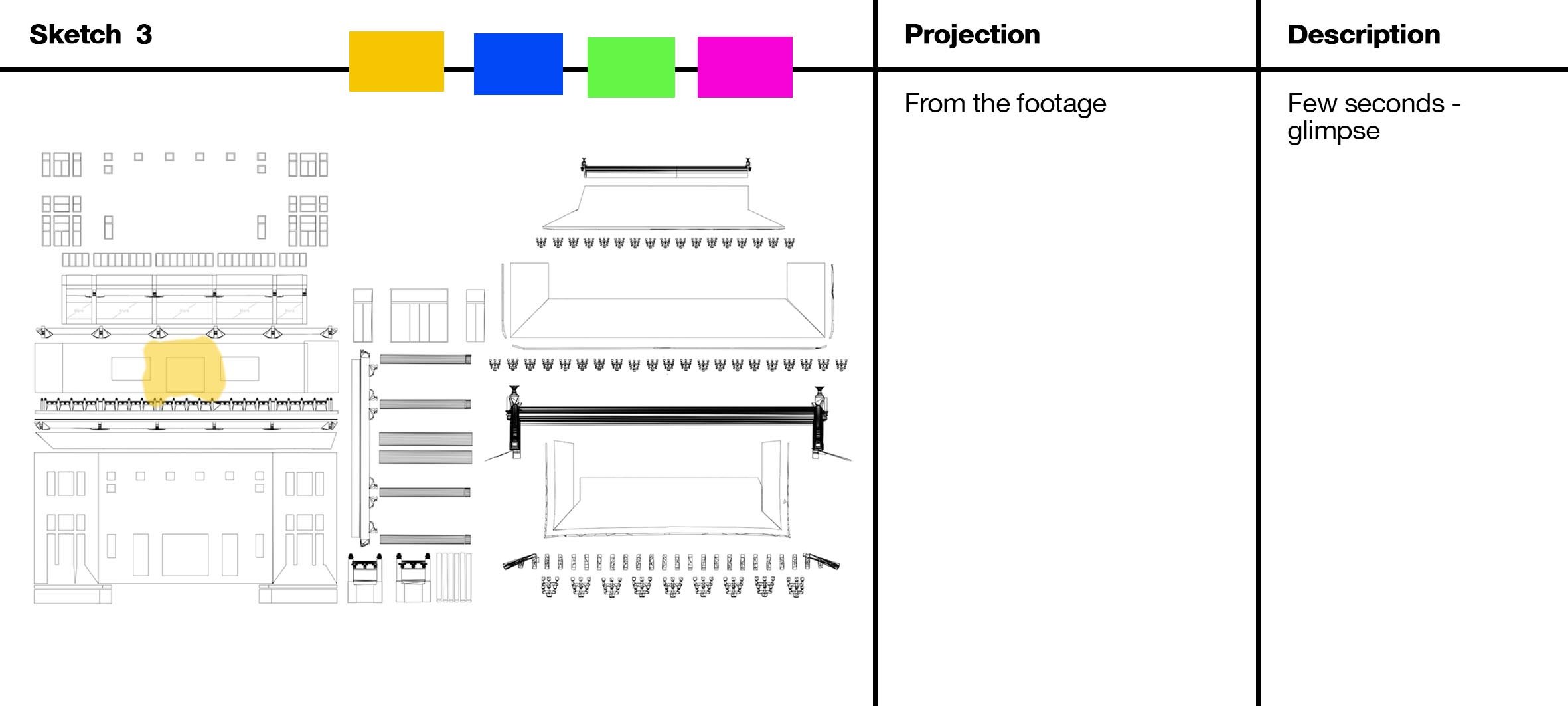
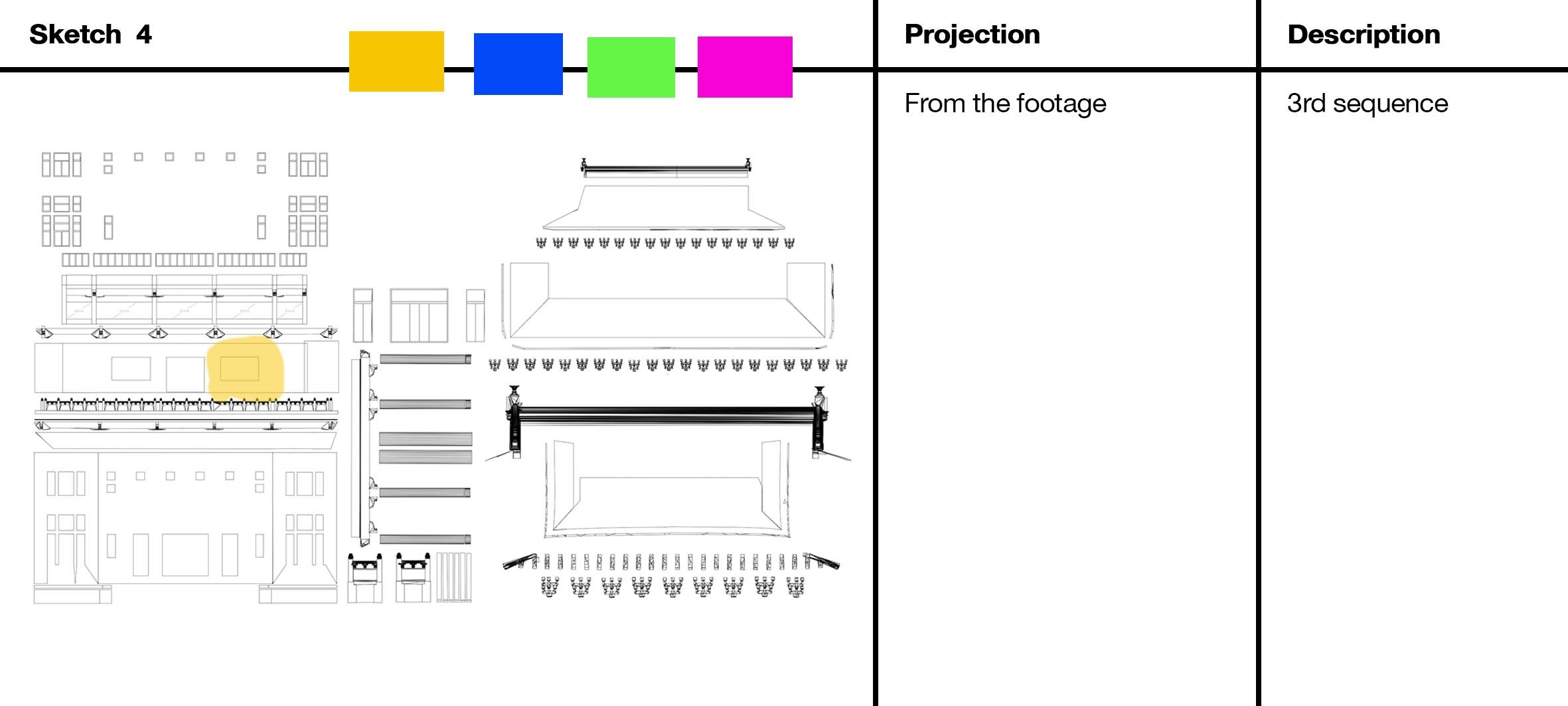
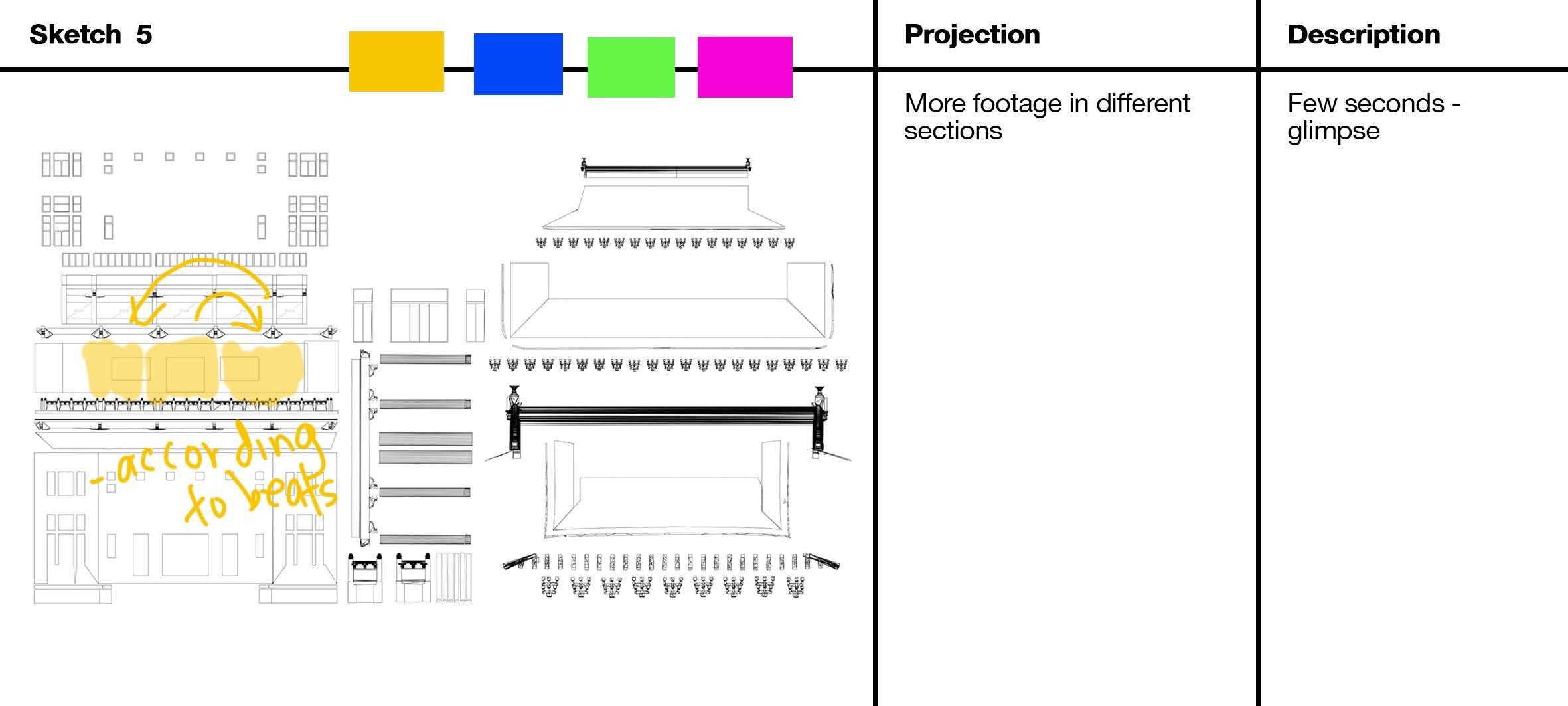
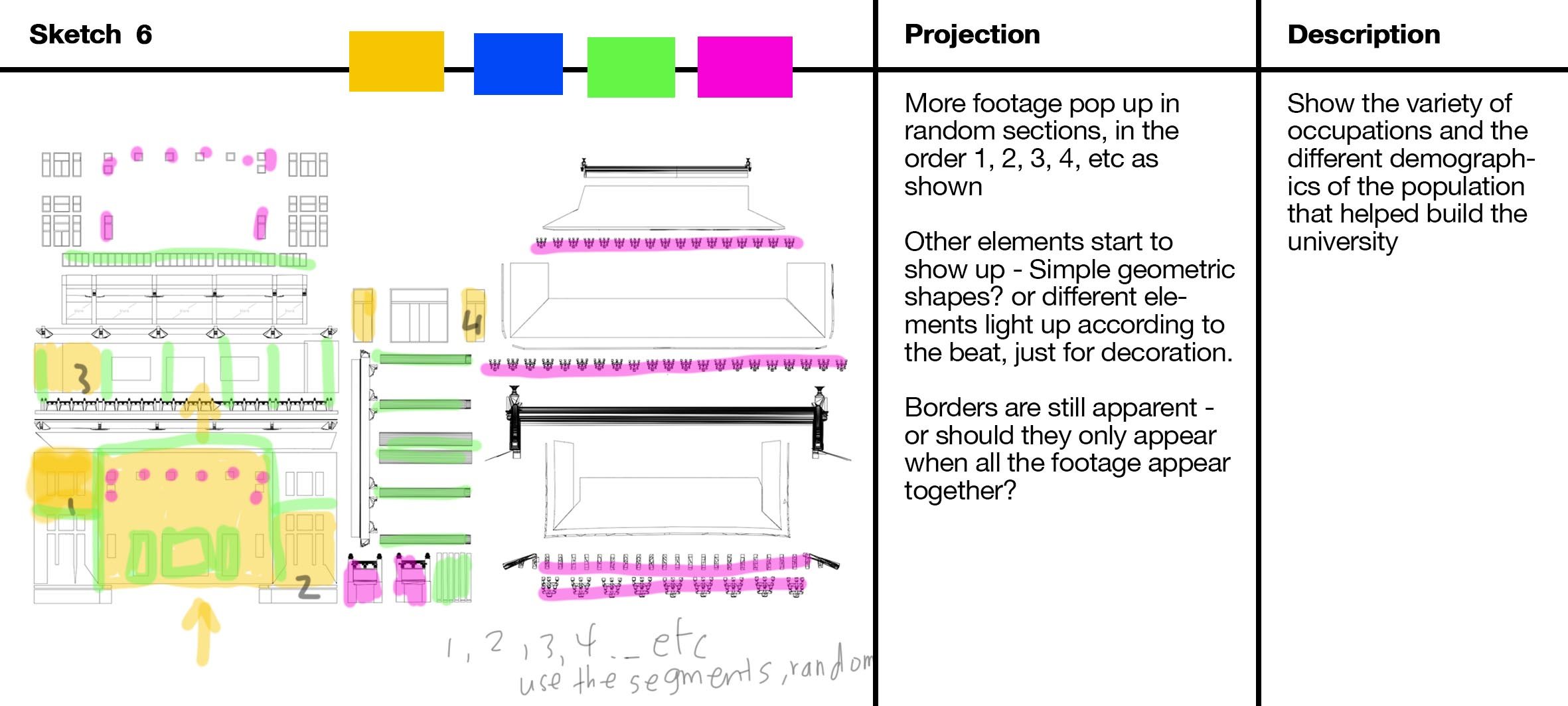
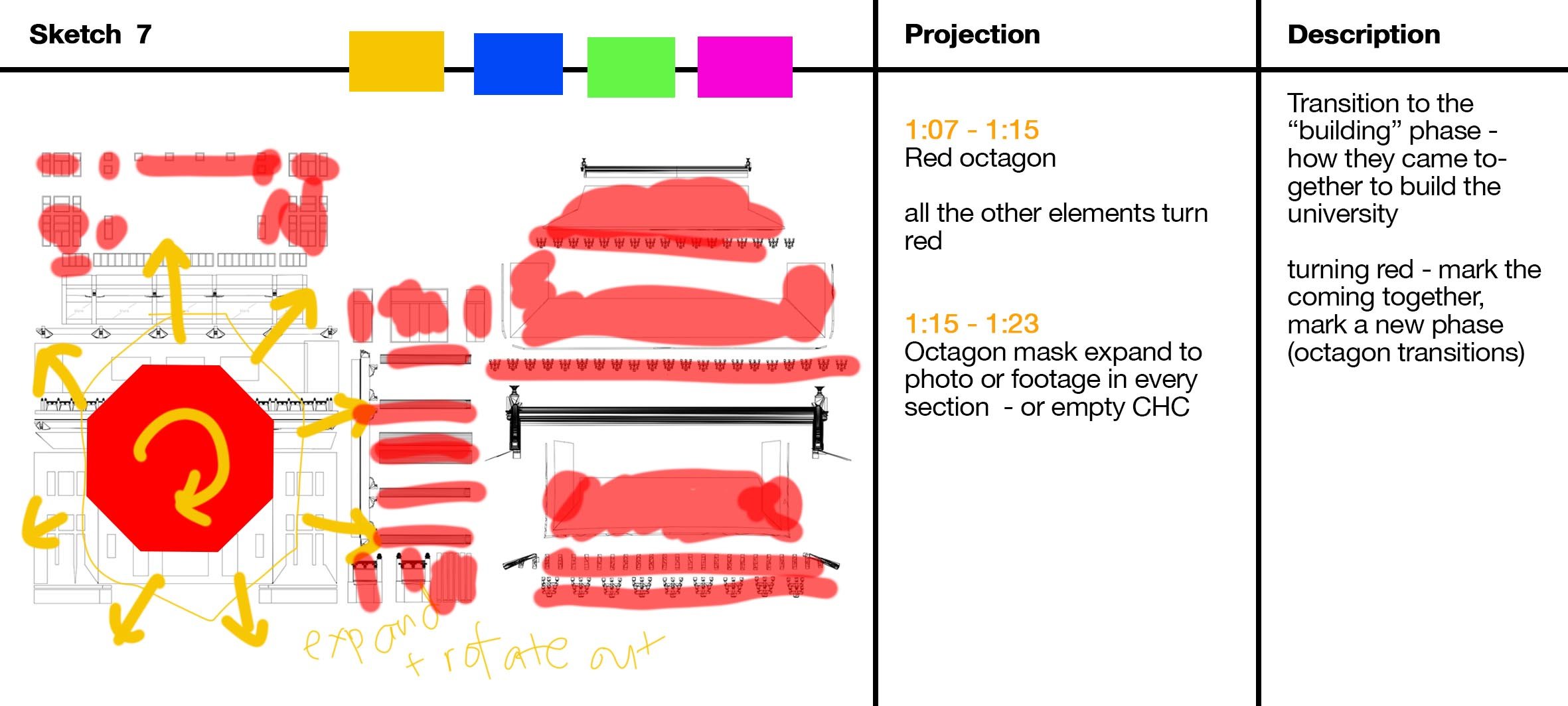
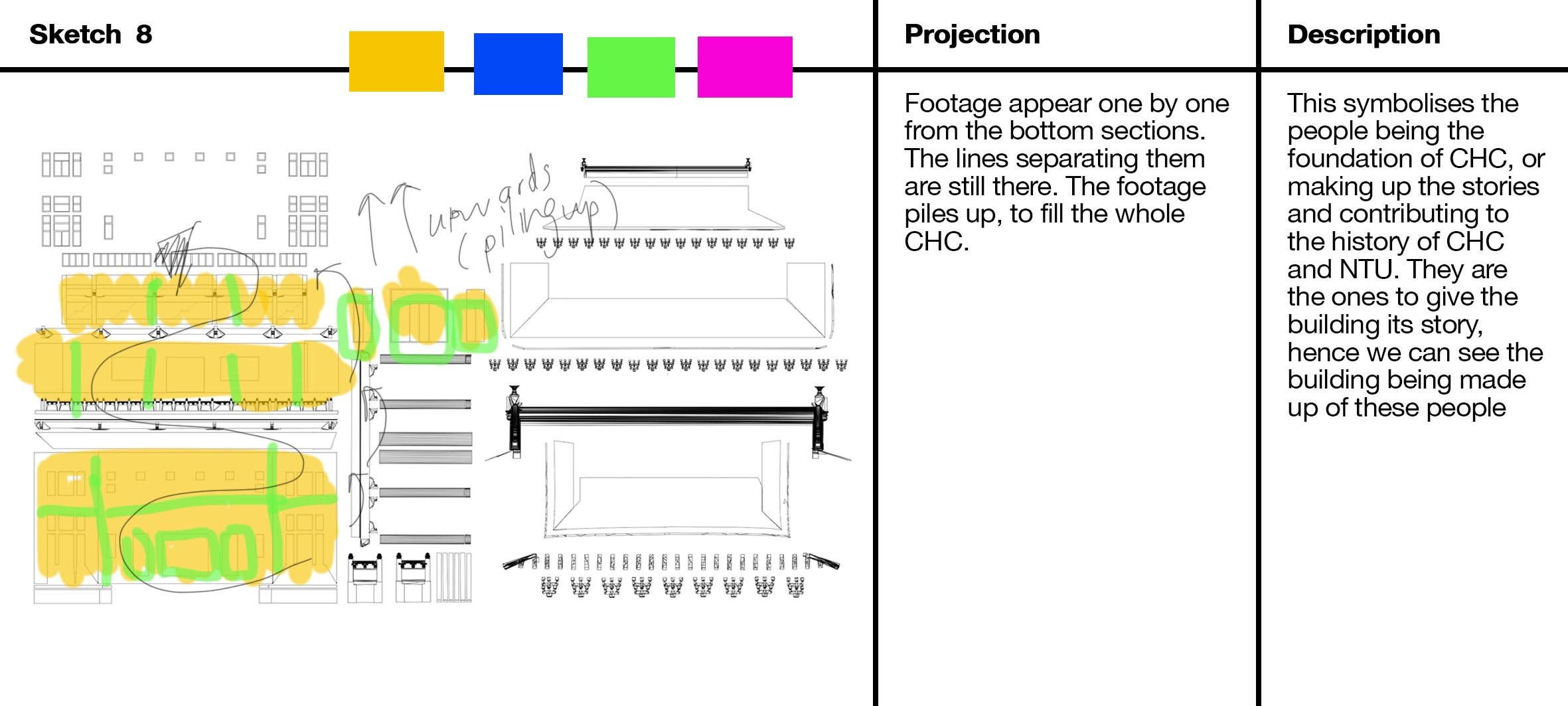
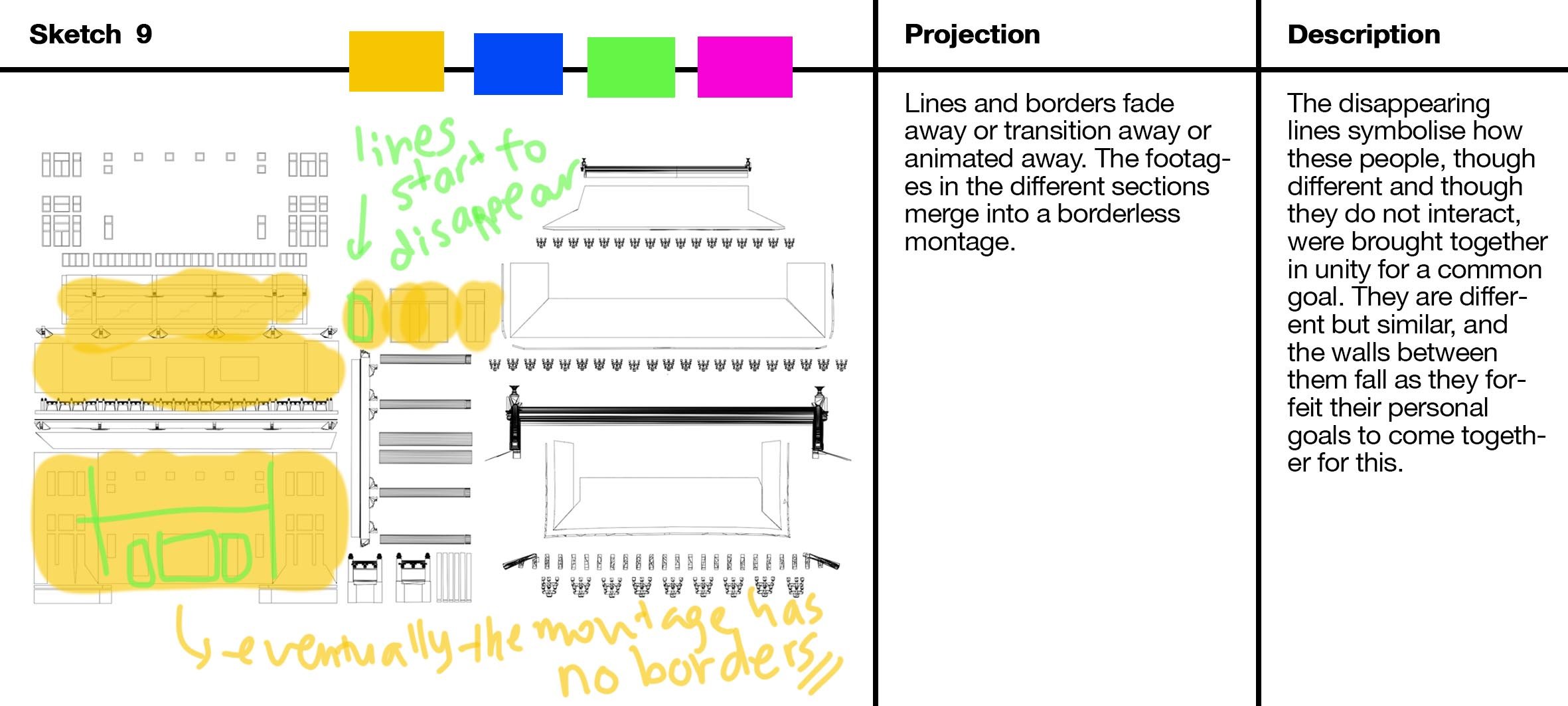
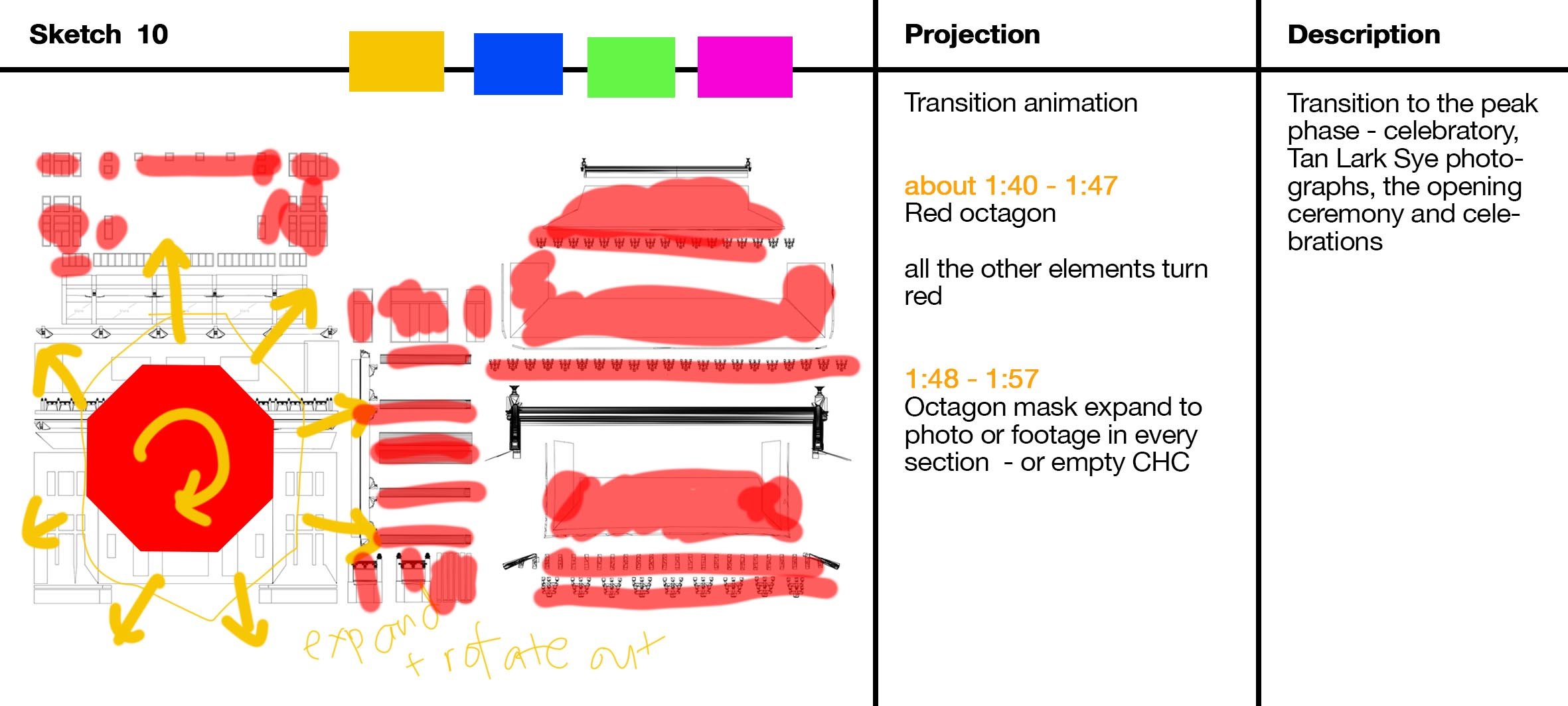
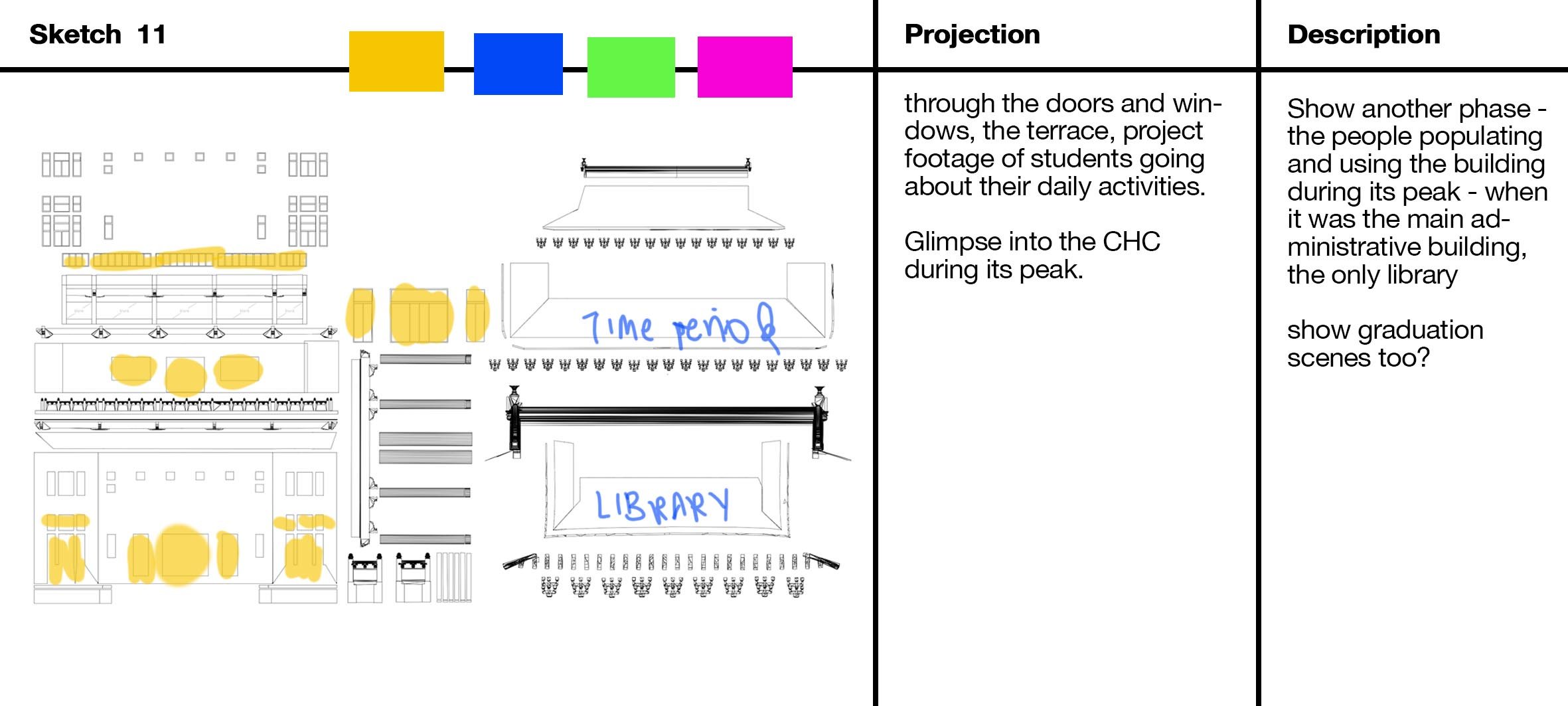
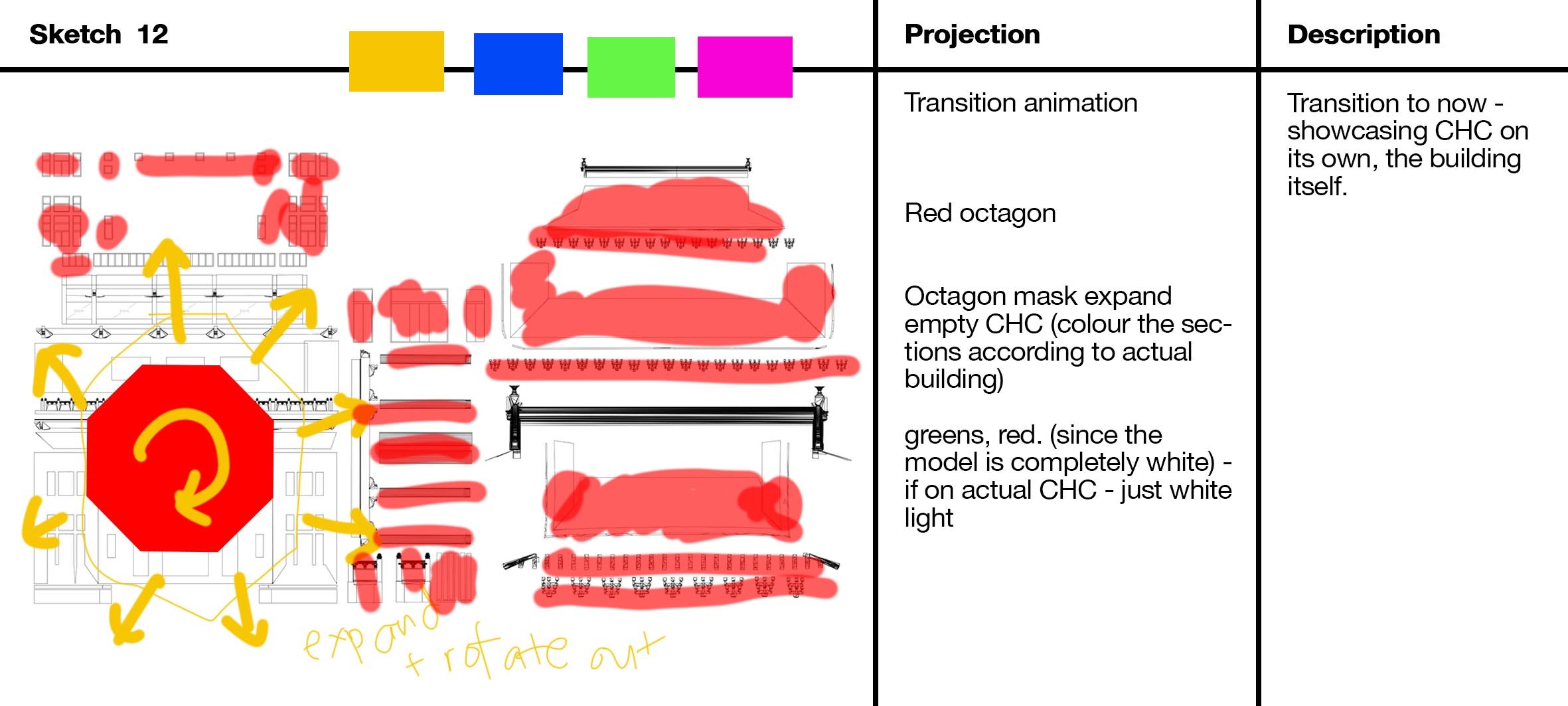
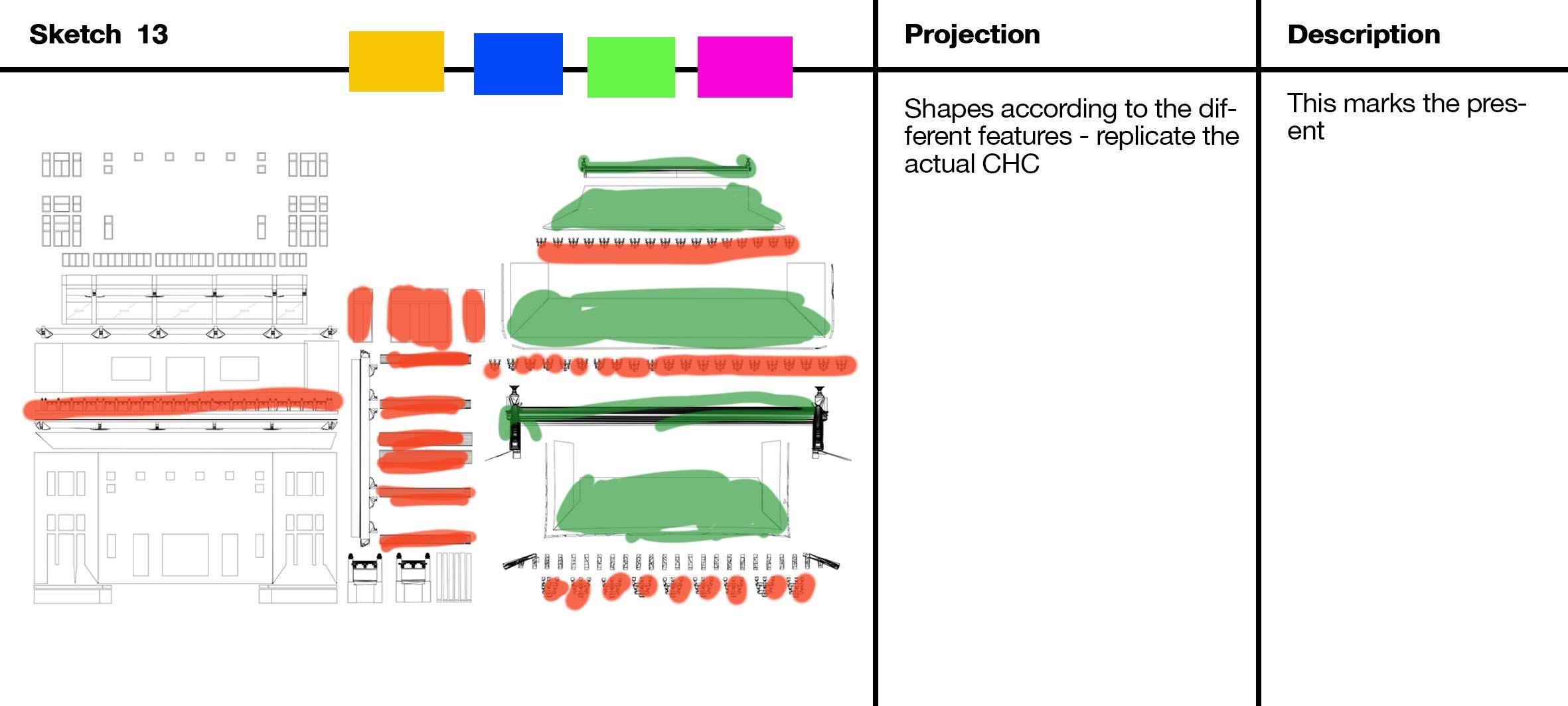
C O N T E N T
Video
The alumni reminisce about their days in the CHC, how it used to be a library and how they would head over to the nearby canteen to have breakfast together. As the main administrative building of the university, student life here was bustling. They even had their graduation ceremony there.
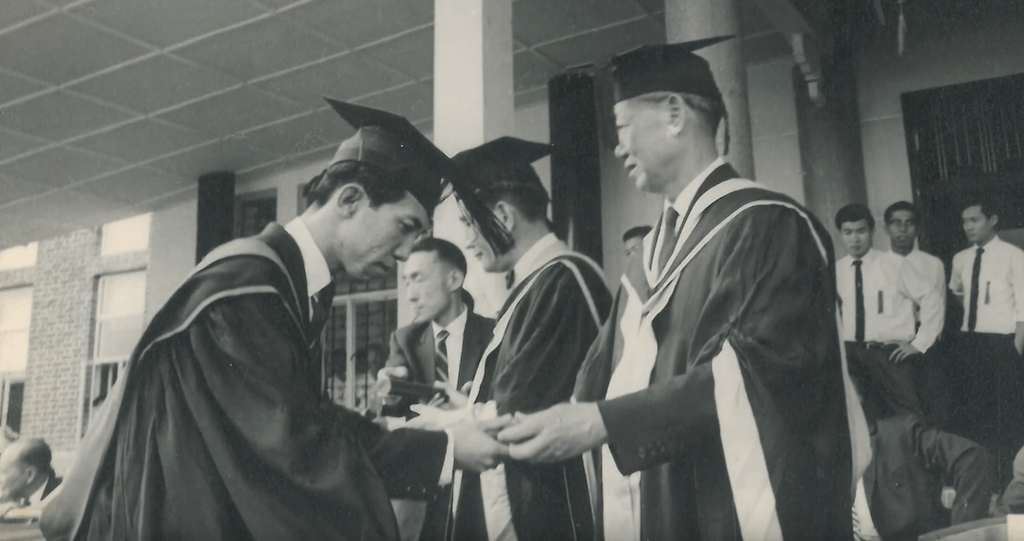
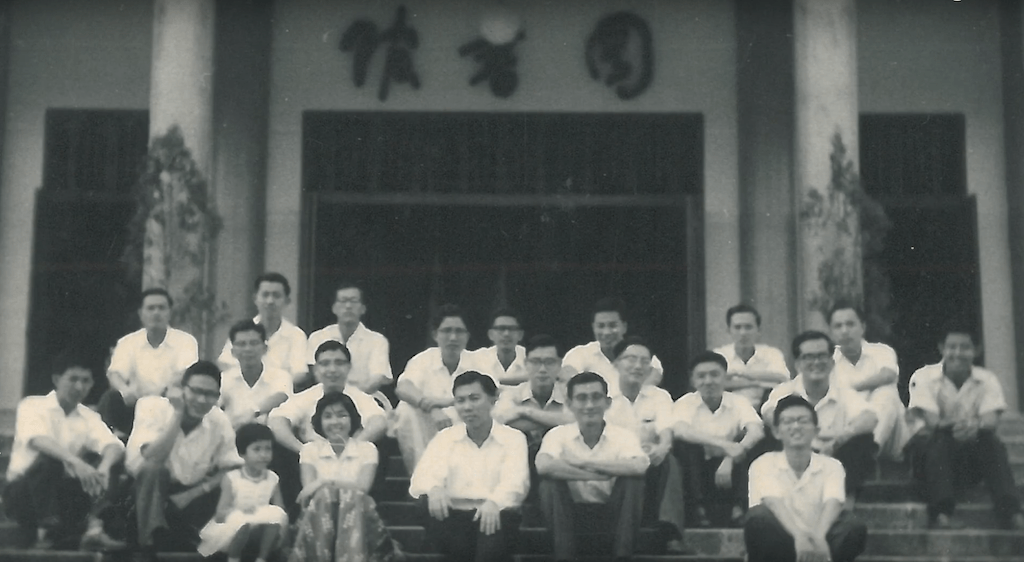
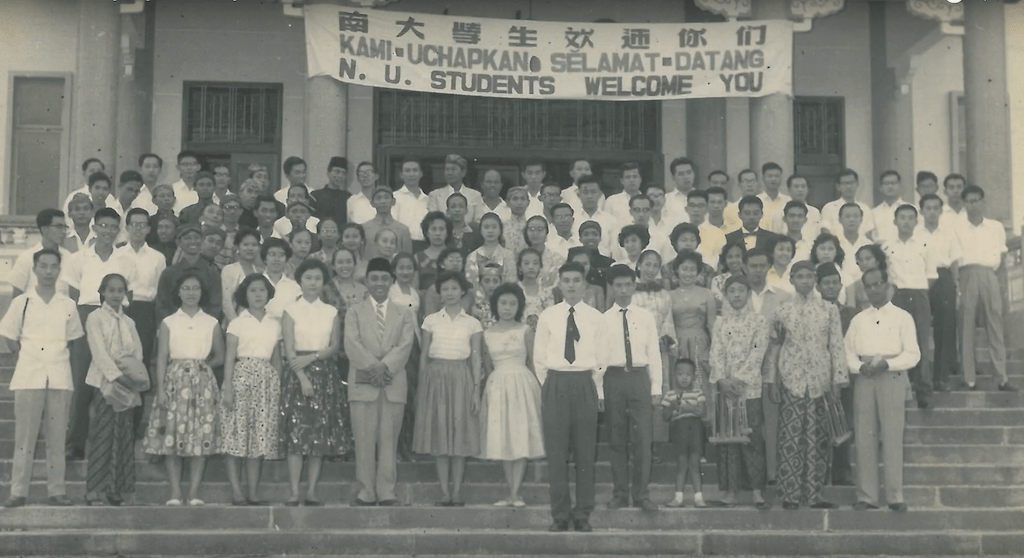
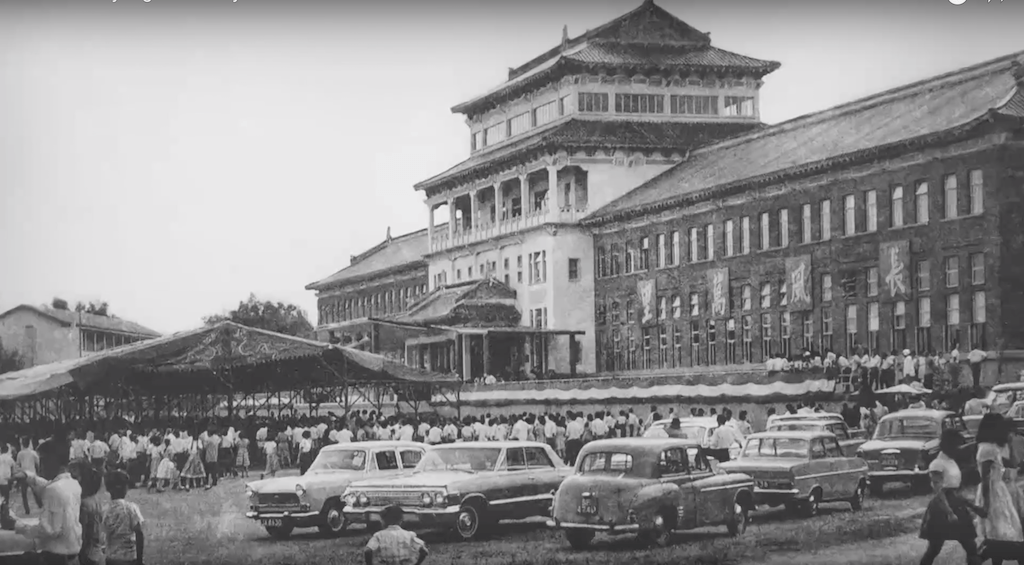
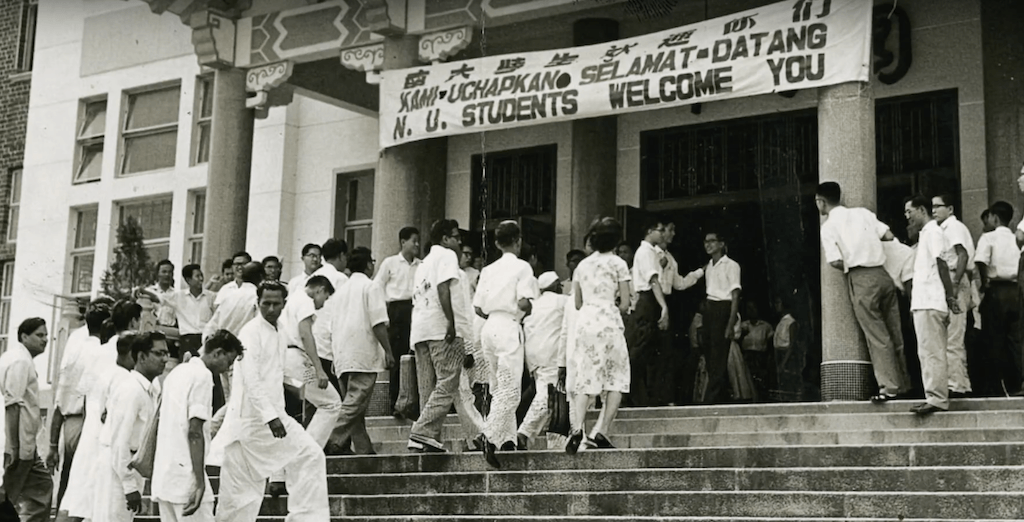
These were screenshots taken from the video. I can use these photos and add effects to make it seem like they are film rolls too, so that it would go together with the old film footage style.
It was interesting to see this student’s analysis on the architectural features of the Chinese Heritage Center. It gave me a better understanding of the building itself and inspired me to take the separate elements to use in the projection mapping, such as the octagon.
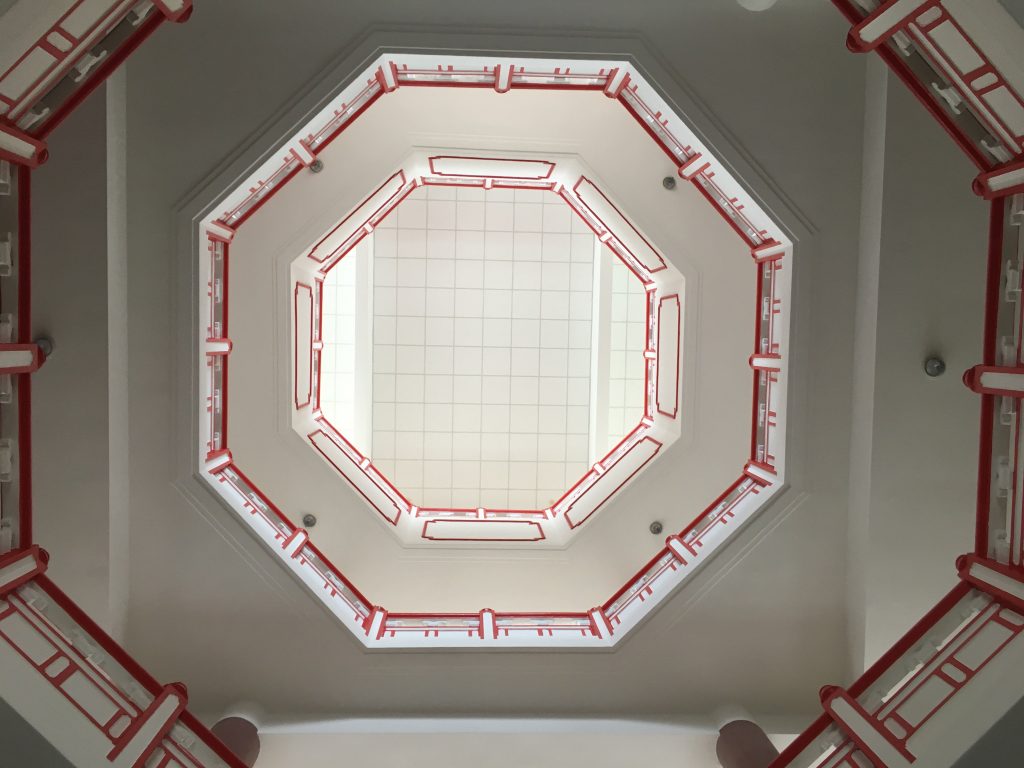
Video Footage
Music
At first I was also looking at using percussion for the soundtrack, since the beats are really useful for making an impact in how the projection plays out and corresponds with the audio. I wanted to merge it with the song 买糖歌 (Mai Tang Ge) to add a little bit of variety. I realised that the beats were off, so they didn’t go well together. I have not succeeded in finding one with beats that go along with each other, so I think just using one song is okay for now, but I also wish to add sound effects to describe the 1950s atmosphere better.
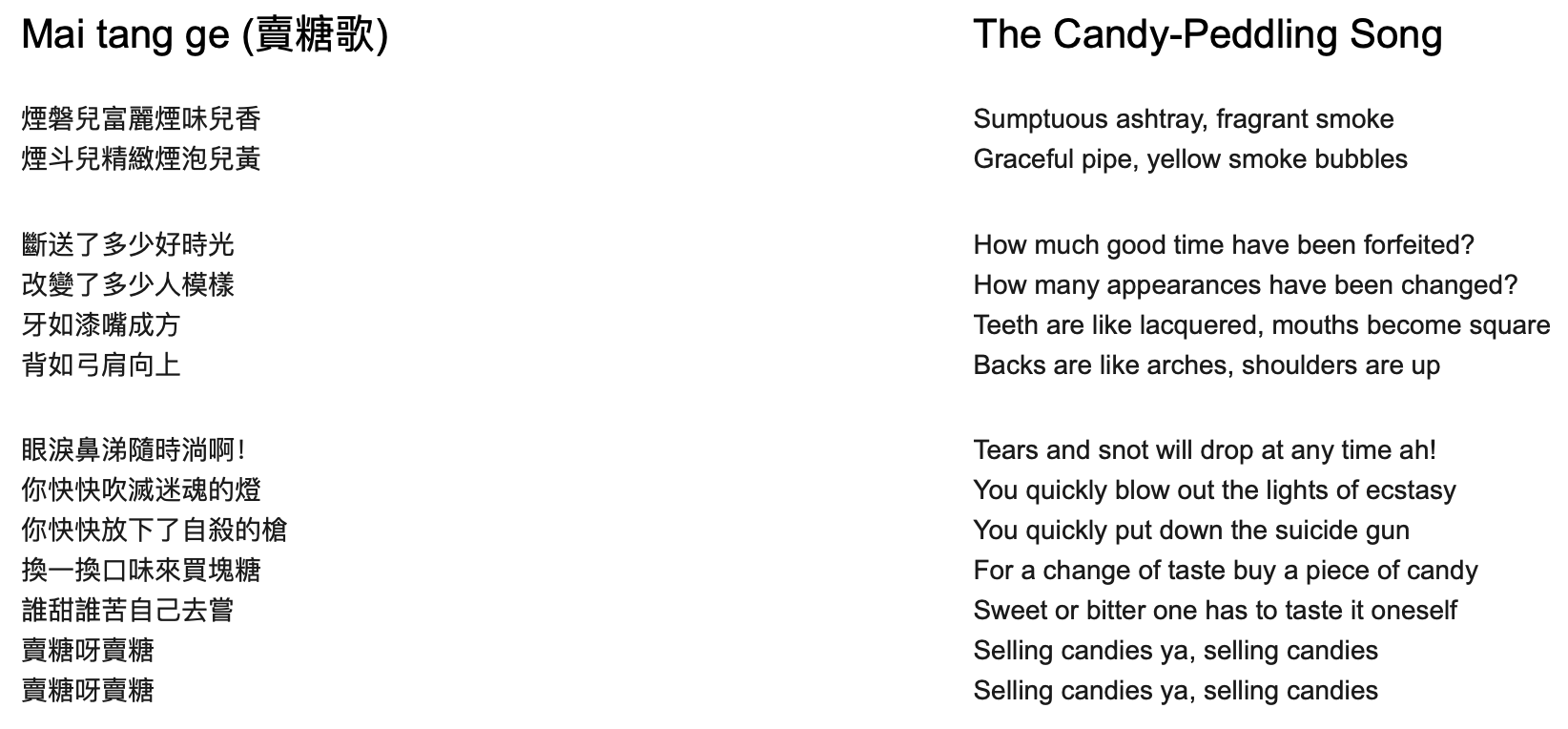
买糖歌 (Mai Tang Ge) was a popular song that was originally from a 1943 movie called Eternity, a controversial Chinese film that was made in Shanghai, which was occupied by the Japanese in World War II. It is a style characteristic to the time, glamorous in the entertainment districts, and I feel that it is an apt accompaniment to the projection. Some of the people from the 1950s might be able to recognise this song and feel a greater connection with the projection.
These entertainment districts in Geylang, with Happy World Amusement Park at its core, were also involved in the fundraising for the university. The money gathered from the performances, in one of which Mai Tang Ge was performed, were donated to the funds for construction.
I was thinking that it would be fun/interesting to have the lyrics or translation on the roofs like subtitles you see in karaoke, but I wasn’t sure if they would be significant or contribute to my concept in any way.
R E F L E C T I O N
I am really glad to have taken this module, as it was out of my comfort zone. I wanted to force myself to learn something new, since I am someone who works best with external motivation. Through this module, I learnt a lot about projection mapping, and got myself to learn After Effects too.
The readings opened my mind about how interactions work, how screens can be used. I was never a good reader of non-fiction, but by learning to do this, I have found that there is a whole other world of knowledge that I was missing out on. I might not be as scholarly, and I might not fully understand the complexities and the concepts in depth, but at the very least now I have a better idea of the medium that I deal with, and the potential that it has.
I now know better how to navigate around this practice of art-making, how to be thoughtful (a reading from another class), how to make things that are not just superficial.
For the project itself, I wish that I spent more time working on the prototype. I got a little stuck just reading up about the Chinese communities at the time, China’s Cultural Revolution, the impact it had on education both in China and outside. I strayed a little too far from my main concept about featuring the people who helped build NTU, and the people who benefitted from it (the students and staff). Although I felt that it was good to know, but that was it, good to know. It did not really help to provide any content for the projection since it was not in the scope that I was planning for. In the end, I do not regret reading up on them, but I felt that I could have managed my time better and prioritised better.
If I were to bring this project further, I hope to maybe conduct my own interviews with alumni so they can tell me what days in the CHC were like. I also hope to be able to source for more authentic footage of Nanyang University at the time, of the opening ceremony or just life there. So far I have not succeeded in doing that, and have only found several footage of the general 1950s Singapore.
I could maybe add another element to this project – which is about the present day. Since I am focusing on people, maybe I could feature the people who built it, the people who used it in the past (peak) and the people who use it now (decline and rest). However, maybe just focusing on the timeline of the past would keep it more aesthetically coherent.
R E F E R E N C E S
Bartels, Deanna T., and Felicia C. Eppley. “Education in Mainland China.” Social Education 59, no. 1 (1995): 31-37. http://www.socialstudies.org/sites/default/files/publications/se/5901/590109.html.
“Chinese Community.” https://eresources.nlb.gov.sg/music/Media/PDFs/Article/e5105f6e-0371-4b57-94e9-933158c09cc4.pdf.
Carstens, Sharon A. “Chinese Publications and the Transformation of Chinese Culture in Singapore and Malaysia.” In Changing Identities of the Southeast Asian Chinese Since World War II, by Jennifer W. Cushman and Wang Gungwu, 75-78. Hong Kong: Hong Kong University Press, 1988. https://books.google.com.sg/books?hl=en&lr=&id=USbxAQAAQBAJ&oi=fnd&pg=PA75&dq=chinese culture in singapore in 1950&ots=XpFR3Mt9E8&sig=HoWc1I8qDYzL86wD2tdfhhs3dzE#v=onepage&q=chinese culture in singapore in 1950&f=false.
Ker, Sin Tze. “Let the Nantah Spirit and Name Live on in NTU.” The Straits Times. January 21, 2016. https://www.straitstimes.com/opinion/let-the-nantah-spirit-and-name-live-on-in-ntu.
Gu, Jiafeng. “Harmonious Expansion of China’s Higher Education: A New Growth Pattern.” Higher Education 63, no. 4 (2012): 513-28. http://www.jstor.org.ezlibproxy1.ntu.edu.sg/stable/41429096.
Kusolpalin, Pattarin. “Nanyang Technological University.” Infopedia. March 09, 2016. http://eresources.nlb.gov.sg/infopedia/articles/SIP_2016-03-09_132926.html.
Martin, Mayo. “From Gay World to Pop Yeh Yeh: When Geylang Rocked the ’60s.” CNA. March 13, 2017. https://www.channelnewsasia.com/news/lifestyle/from-gay-world-to-pop-yeh-yeh-when-geylang-rocked-the–60s-7980364.
Wang, Gungwu. “The Study of Chinese Identities in Southeast Asia.” In Changing Identities of the Southeast Asian Chinese Since World War II, by Jennifer W. Cushman and Wang Gungwu, 1-22. Hong Kong: Hong Kong University Press, 1988. https://books.google.com.sg/books?hl=en&lr=&id=USbxAQAAQBAJ&oi=fnd&pg=PA75&dq=chinese culture in singapore in 1950&ots=XpFR3Mt9E8&sig=HoWc1I8qDYzL86wD2tdfhhs3dzE#v=onepage&q=chinese culture in singapore in 1950&f=false.
